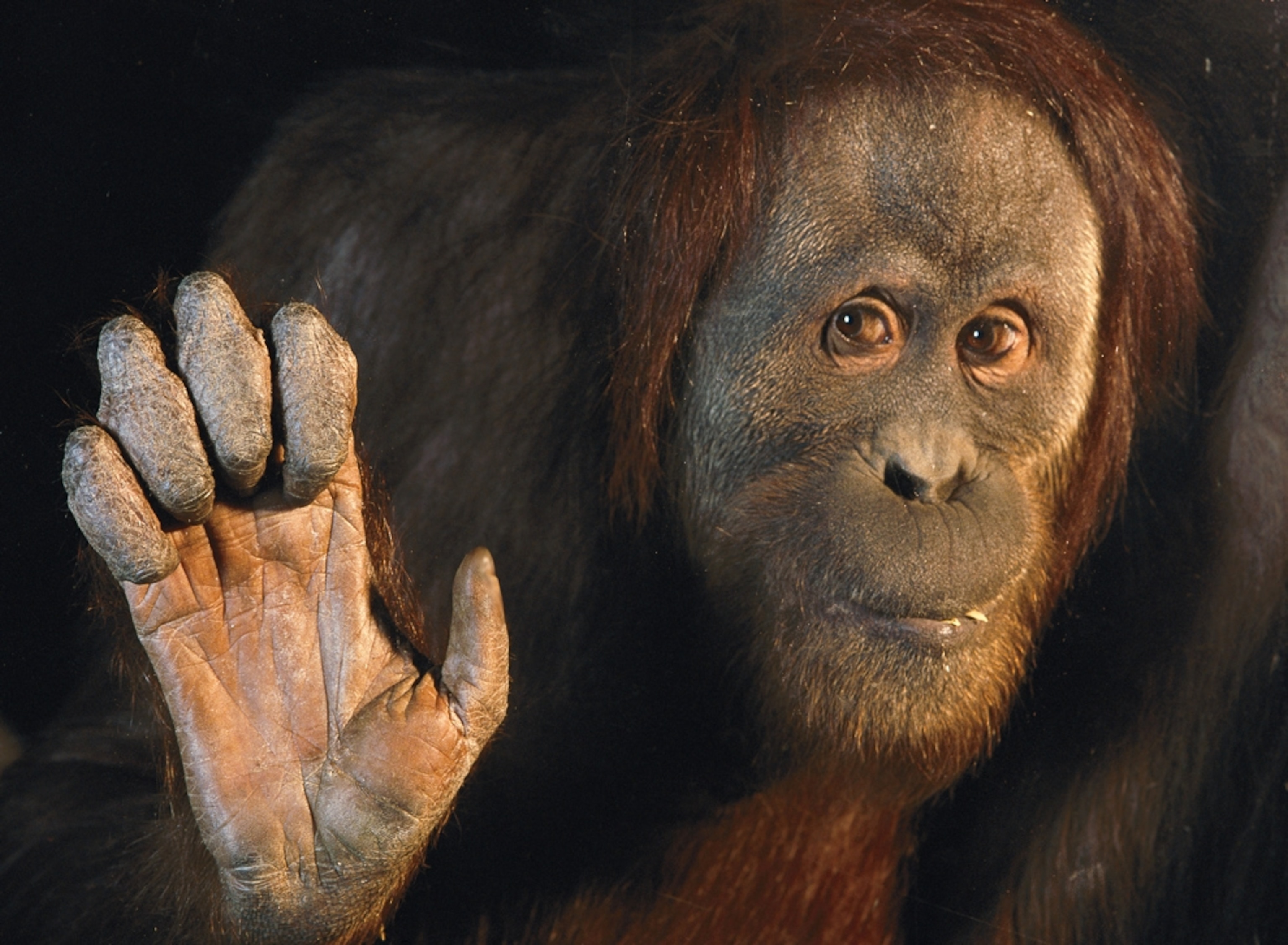
Extinctions Overestimated by 160 Percent?
Method for calculating animal and plant die-offs flawed, study says.
Global extinction rates may have been overestimated by as much as 160 percent, according to a new analysis.
In recent decades numerous studies have predicted that habitat destruction will doom some 20 to 50 percent of Earth's species within 500 years.
(See "By 2050 Warming to Doom Million Species, Study Says.")
It's true that many species are still dying off, but the decline is happening at a slower pace than generally feared, according to study co-author Stephen Hubbell, an ecologist at the University of California, Los Angeles.
"The good news is that we may have a little more time in terms of saving some species," Hubbell said.
The bad news, he stressed, is that surging extinctions driven by habitat loss remain the critical conservation problem of the 21st century.
Method for Measuring Extinctions Flawed?
There's no proven, direct method for verifying extinction rates, so most scientists have relied on an indirect method to estimate how quickly plants and animals are disappearing.
That method calculates the rate at which new species are found when a new habitat area is sampled—called the species-area relationship (SAR)—and simply reverses that curve to predict the number of species that will go extinct as similarly sized areas of habitat are destroyed.
(See "Extinction Crisis Worsens: 'Dow Jones' Approach Touted.")
But Hubbell said the method is flawed, because much more land area must be lost to cause an extinction than is required to find a new species.
That's because only one individual of a species needs to be found in an area for scientists to deem it a new population, but extinction requires every member of a species to disappear.
"It's equivalent to saying a species is committed to extinction if you find the first individual and destroy its habitat, and that's clearly not true," Hubbell said.
"You have to destroy all of the habitat that has all the individuals of a species in it before that species goes extinct."
Hubbell and colleague Fangliang He of Sun Yat-sen University in Guangzhou, China, analyzed data from eight previously mapped forest areas from around the world. Each plot was between about 50 and 125 acres (20 and 50 hectares). The team also looked at ranges of several bird species in the continental United States.
Based on this real-life data and a mathematical model—in which the hypothetical destruction of habitat always resulted in fewer extinctions than predicted by SAR—the scientists calculated that the SAR-derived extinction rates had been overstated by as much as 160 percent.
The team also suggested that future studies could reveal even higher overestimates in some places.
Habitat Loss Still a Threat to Species
Yet ecologist Eric Dinerstein, who wasn't involved in the new study, said that examining how extinction rates are calculated is a bit of an academic argument for many conservationists.
"If it's a 160 percent overestimate or an 80 percent overestimate or a 20 percent overestimate, [comparing] which model of extinction rates is more accurate isn't the most important question," said Dinerstein, vice president of conservation science for WWF, a global conservation group.
(See "One in Four Mammals at Risk of Extinction.")
"The overpowering message is that habitat loss and fragmentation are still the greatest threat to the future of species, and they are only increasing."
Dinerstein added that it's hard to determine when a species has gone extinct, as evidenced by numerous animals once thought gone but later found alive in small numbers.
(See photos: "Bubble-nest Frog, Other 'Extinct' Species Found.")
And the final extinction of a species may be beside the point, Dinerstein said. What really matters is ecological extinction.
"That's when a population drops below a certain number of individuals and is no longer playing an ecological role in the ecosystem," Dinerstein said.
At this point the diminished species has so little interaction with the other plants and animals in the habitat that the species might as well be gone, from the point of view of the ecosystem.
Ecological extinction is of "much more concern to conservationists than [identifying] the last one or two individuals of some species which are still [alive] but functionally extinct."
Extinction Rates Critical for Conservation
Hubbell and He stressed that their research doesn't change the big picture, which isn't particularly rosy for species survival.
"I think [scientists and conservationists] are right in saying that we're really on the cusp of a sixth mass extinction or that it's actually in progress. We certainly don't disagree with that assessment," said Hubbell, whose study appears May 19 in the journal Nature.
(Read about mass extinctions throughout history.)
But he also noted that learning how to calculate extinction rates properly is critical for conservation.
Take extinction-rate estimates by major initiatives, such as the Intergovernmental Panel on Climate Change reports and the U.N.'s Millennium Ecosystem Assessment.
If such estimates "are going to have consequences for billions of dollars in conservation efforts, don't you think we ought to know better why we're spending money and what the actual numbers are?" Hubbell said.
Co-author He also told reporters during a press briefing that no other scientific activity is arguably more important than understanding the causes and consequences of species extinctions.
However, He and Hubbell added that determining extinction rates has a long way to go.
"The bad news is that we really don't have good methods for estimating extinction yet," Hubbell explained.
"The precise answer depends on the precise pattern of habitat destruction in relation to the precise distribution of species.
"And although we can look at habitat destruction from satellites, we often just don't know where species live on the ground."
Read a commentary on the new study by conservation biologist Stuart Pimm, a former member of the National Geographic Committee for Research and Exploration: "This Week’s Claim That the Species Extinction Crisis Is Overblown Is a Sham."








